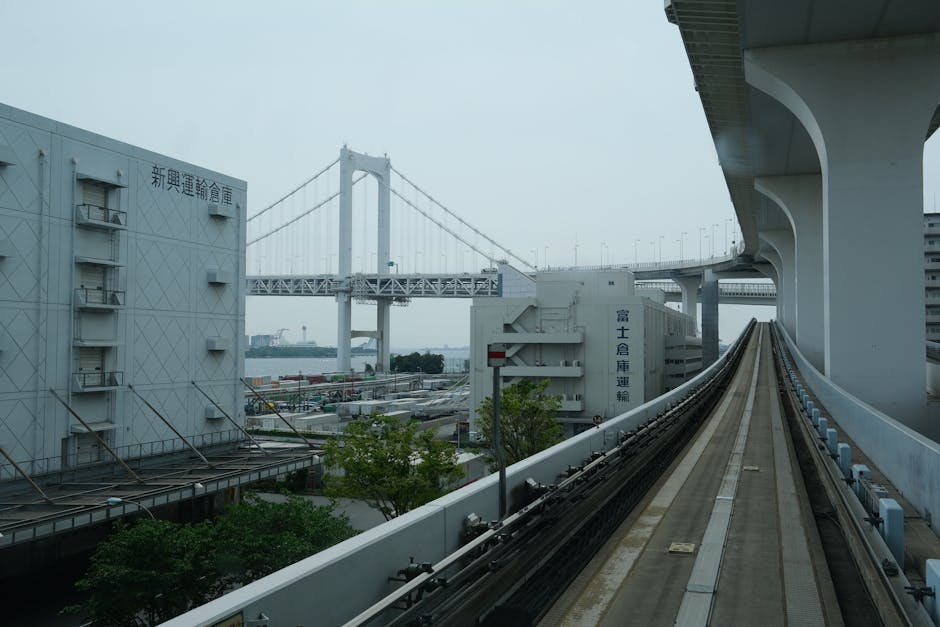
As a lifelong railway enthusiast, few things ignite my passion more than the sleek lines, incredible speed, and groundbreaking innovation of high-speed rail. The very mention of the word "Shinkansen" sends a thrill down my spine, conjuring images of engineering marvels gracefully gliding across landscapes. So, when news broke that インド (India) is adopting the 次期新幹線 (next-generation Shinkansen) for its ambitious high-speed rail network, and this decision became a hot topic on 中国SNS (Chinese SNS) under the phrase 「インド高速鉄道、日本の技術」 (India High-Speed Rail, Japanese Technology), my interest was immediately piqued. This isn't just about trains; it's about a fascinating intersection of technology, national pride, and the shifting dynamics of Asia's technological leadership.
The Enduring Legacy of the Shinkansen: A Symphony of Speed and Safety
To understand the significance of India's choice, we must first appreciate the legacy of the Shinkansen. Born from the ashes of post-war Japan, the Tokaido Shinkansen, inaugurated in 1964 just before the Tokyo Olympics, wasn't merely a mode of transport; it was a declaration of Japan's technological prowess and a symbol of national resurgence. For decades, it has set global benchmarks for safety, punctuality, and operational efficiency, carrying billions of passengers without a single fatal accident due to derailment or collision.
The vehicle design itself is a work of art. From the iconic "bullet" nose of the original 0 Series to the aerodynamic sophistication of today's N700S series, each generation of Shinkansen has pushed the boundaries of speed and comfort. Imagine sitting in a plush seat, watching the Japanese countryside blur past at over 300 kilometers per hour, yet experiencing a ride so smooth you could balance a coin on its edge. The seamless integration of track, signaling, and operational control systems – the very essence of 日本の技術 (Japanese Technology) – is what makes this dream a reality. This isn't just a train; it's a complete, meticulously engineered ecosystem designed for ultimate performance and passenger experience.
Beyond the technical marvels, there's a profound romance to Shinkansen travel. It transforms vast distances into effortless journeys, connecting vibrant metropolises with serene natural beauty. Think of the breathtaking views of Mount Fuji from the Tokaido line, or the stunning coastal vistas along the Sanyo Shinkansen. It's an invitation to explore, to connect, and to experience the world at a thrilling, yet remarkably calm, pace.
India's Vision: Connecting a Nation with Japanese Precision
India, a nation of immense scale and aspiration, has embarked on an ambitious journey to modernize its infrastructure. Its decision to adopt the Shinkansen for crucial high-speed corridors, such as the Mumbai-Ahmedabad High-Speed Rail project, is a testament to the trust placed in 日本の技術 (Japanese Technology). This isn't simply about buying trains; it's about importing an entire philosophy of high-speed rail – one that encompasses rigorous safety standards, advanced engineering, efficient project management, and a robust maintenance culture.
For India, the Shinkansen promises to be a game-changer. It will shrink travel times dramatically, fostering economic growth, facilitating business, and allowing people to connect with family and friends across vast distances. Imagine the diverse landscapes of インド (India) – from bustling urban centers to picturesque rural areas – now accessible with the speed and reliability that only a system like the Shinkansen can provide. This adoption is a powerful statement of India's commitment to world-class infrastructure and a clear vote of confidence in a proven, state-of-the-art system.
The Global Spotlight: Why Chinese SNS is Buzzing
The trending phrase 「インド高速鉄道、日本の技術」 (India High-Speed Rail, Japanese Technology) on 中国SNS (Chinese SNS) speaks volumes about the intense, yet often unspoken, competition for technological leadership in Asia and beyond. China itself has developed an incredibly vast and impressive high-speed rail network, the largest in the world, with its own advanced Fuxing Hao trains and CRH series. This network is a source of immense national pride and a significant export ambition.
Therefore, India's choice of the 次期新幹線 (next-generation Shinkansen) for such a prominent project naturally sparks significant discussion and reflection within Chinese social media circles. It highlights the ongoing "technology hegemony battle" in Asia, where nations vie for influence through their engineering prowess and infrastructure development capabilities. It underscores the global appeal of different technological philosophies and the strategic importance of high-speed rail as a tool for economic development and international relations. For railway enthusiasts, this dynamic is fascinating – it's a real-world showcase of how different nations are pushing the boundaries of what's possible on rails.
Beyond the Headlines: A Call to Experience the Future of Travel
India's embrace of the Shinkansen is more than just a news item; it's a beacon for the future of global connectivity and a testament to the enduring power of innovation. It reminds us that railways, far from being relics of the past, are at the forefront of sustainable, efficient, and exhilarating travel.
Whether it's marvelling at the precision of a Shinkansen in Japan, witnessing the incredible scale of China's high-speed network, or anticipating the transformative journey on India's future bullet trains, the romance of the railway continues to captivate. So, next time you plan a trip, consider the train. Let the scenery roll by, feel the hum of powerful engines, and connect with the world in a way that only rail travel can offer. Who knows, perhaps your next adventure will be on an インド高速鉄道 (India High-Speed Rail), powered by 日本の技術 (Japanese Technology)!
Comments
Post a Comment